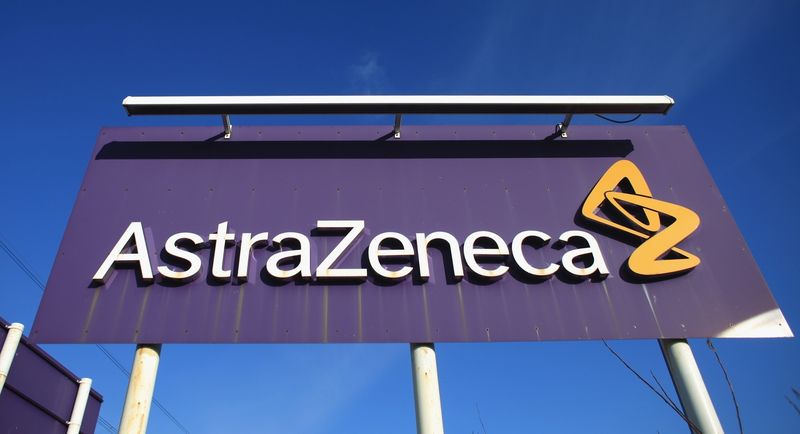Anifrolumab Demonstrated Superiority Across Multiple Efficacy Endpoints in Patients with Systemic Lupus Erythematosus in Phase III TULIP 2 Trial
November 11, 2019 -- AstraZeneca will tomorrow present detailed results from the positive Phase III TULIP 2 trial for anifrolumab, a potential new medicine for the treatment of moderate to severe systemic lupus erythematosus (SLE), which demonstrated superiority across multiple efficacy endpoints versus placebo, with both arms receiving standard of care.
On the primary endpoint, anifrolumab achieved a statistically significant and clinically meaningful reduction in disease activity at week 52, with 47.8% of patients receiving anifrolumab responding compared with 31.5% of patients on placebo, as measured by the British Isles Lupus Assessment Group–based Composite Lupus Assessment (BICLA) composite measure.1 The positive BICLA result in TULIP 2 is consistent with results from pre-specified analyses using the BICLA endpoint in the Phase III TULIP 12,3 and the Phase II MUSE trials.4
The TULIP 2 trial also showed statistically significant differences in multiple secondary endpoints.1 51.5% of anifrolumab patients receiving oral corticosteroids (OCS) greater than or equal to 10mg achieved a sustained reduction in OCS use compared with 30.2% of patients on placebo. Additionally, 49% of patients receiving anifrolumab with moderate to severe skin disease experienced improved skin manifestations at week 12, the pre-specified timepoint, compared with 25% of patients receiving placebo. Skin manifestations were measured by the Cutaneous Lupus Erythematosus Disease Area and Severity Index (CLASI).
Mene Pangalos, Executive Vice President, BioPharmaceuticals R&D, said: “There has only been one new medicine approved for systemic lupus erythematosus in the last 60 years, which is why we are so excited to see the positive TULIP 2 results. There is now a strong body of evidence demonstrating the benefit of anifrolumab, and we look forward to bringing this potential new medicine to patients with systemic lupus erythematosus as soon as possible.”
Professor Eric F. Morand, Monash University, Australia, and Principal Investigator on the TULIP 2 trial, said: “Systemic lupus erythematosus is often difficult to treat, and innovative new therapies are urgently needed. The TULIP 2 results demonstrated that, by targeting the type I interferon receptor, anifrolumab reduces overall disease activity, reduces corticosteroid use and improves skin manifestations.”
Dr. Richard Furie, Chief of the Division of Rheumatology at Northwell Health, New York, US, and Principal Investigator on the TULIP 1 trial and the Phase II MUSE trial, said: “The results across the MUSE and TULIP trials are very important because they support anifrolumab’s potential to address systemic lupus erythematosus, an often devastating disease that can impact almost any organ and even lead to long-term organ damage and death.”
The TULIP data are being presented at the American College of Rheumatology (ACR) Annual Meeting 2019 in Atlanta, US. The TULIP 1 data were also published simultaneously in The Lancet Rheumatology.
As previously disclosed, TULIP 1 did not meet its primary endpoint based on the SLE Responder Index 4 (SRI4) composite measure. However, analyses of secondary endpoints show efficacy consistent with TULIP 2 on BICLA response, reduction in OCS use, and improvement in skin disease activity.2,3
The safety and tolerability findings in TULIP 1 and TULIP 2 were consistent with the known profile of anifrolumab.1,2,3 There were more commonly reported cases of herpes zoster in patients on anifrolumab (TULIP 1: 5.6% vs.1.6%, TULIP 2: 7.2% vs.1.1%). Most cases were mild to moderate in severity and all were cutaneous and resolved with antiviral treatment. (Article from : www.drugs.com)


